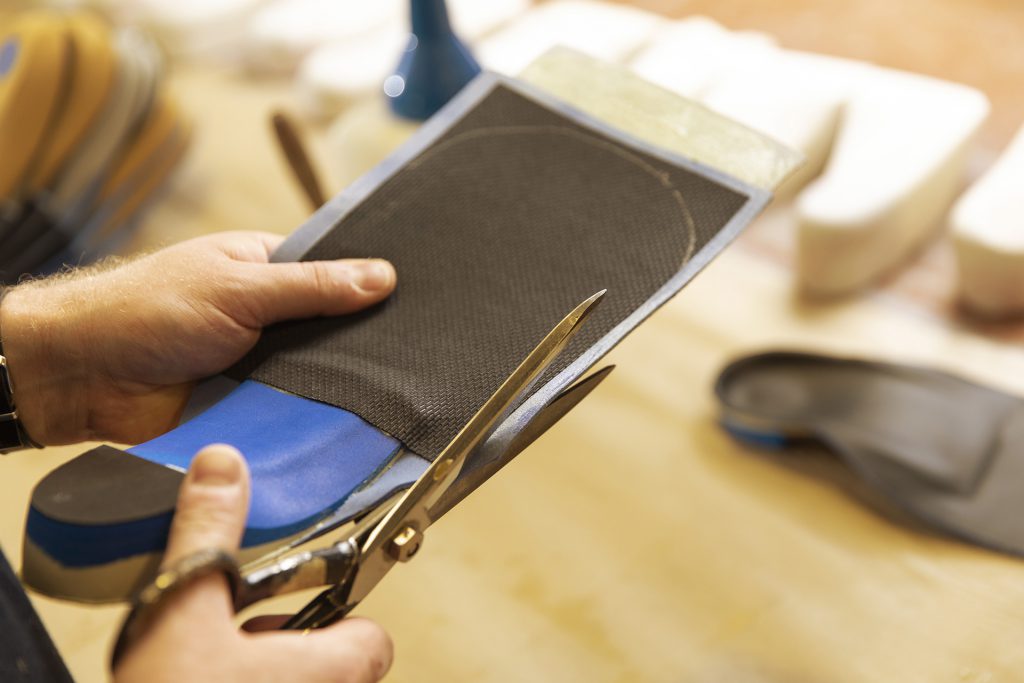Should I prescribe an extrinsic post?
We often get asked, should I prescribe an extrinsic post? Usually the answer is something along the lines of, it depends what you are trying to achieve. When prescribing an extrinsic rearfoot post to an orthotic, most of us think about adding a supinatory (inverted post) or pronating (everted post) force to the foot (aka gaining more control). This can be particularly useful when the foot has a more medially deviated subtalar joint axis or a more laterally deviated subtalar joint axis. Furthermore, in a foot with a more medially deviated subtalar joint axis, the extrinsic rearfoot post can cut to be medially longer (insert pic). The opposite is also true in the foot with a laterally deviated subtalar joint axis (insert pic). This will also have the effect of further stiffening the medial side of the orthotic in the medially longer post and the lateral side of the orthotic in the laterally longer post.

That takes us to the second effect of an extrinsic rearfoot post – it will stiffen the orthotic. The general rule of thumb when determining the length of the extrinsic rearfoot post is it should cover the proximal one-third of the foot, which generally corresponds to finishing at the anterior aspect of the plantar calcaneal fat pad. If you think of the orthotic as an arch, adding an extrinsic rearfoot post effectively shortens the arch which creates a more rigid device.
So, if you wish to make your orthotic more flexible, you can do it in a few ways. Firstly, you could completely remove the extrinsic rearfoot post. Whilst you will reduce the supinatory or pronatory force that you can achieve with an extrinsic rearfoot post, it will immediately make the device more flexible. Secondly, you can ask the lab for a short rearfoot post. Rather than finishing the post at the anterior aspect of the heel, we can reduce the length down to just the posterior half of the heel. Thirdly, you can prescribe a quarter post. This also has the advantage of reducing bulk slightly whilst
maintaining some level of control at the rearfoot.
